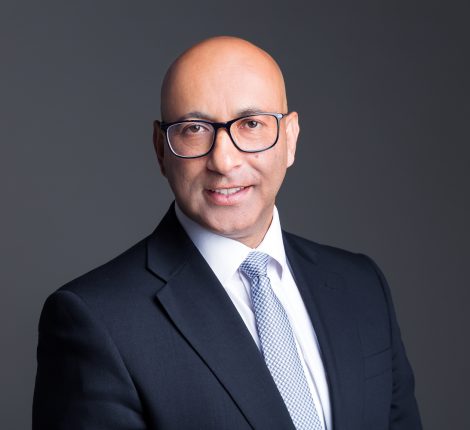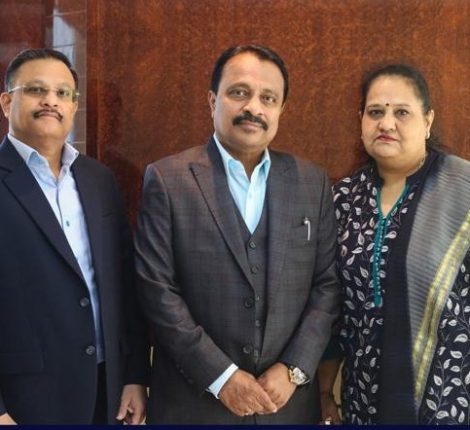Are post-handover payment plans coming to an end?
It may be the right time to take advantage of generous payment schemes floating in the market, some property experts suggest, anticipating developers to start scaling back these incentives. Payment plans for residential property in Dubai are indeed getting super attractive for buyers, as most developers now offer post-handover payment schemes that act as a lending option for the buyers. Some of these payment options extend to five and up to 10 years.
These generous payments plans are probably at or close to their theoretical limit, says Sameer Lakhani, managing director of Global Capital Partners, noting that it is unlikely for these incentives to increase further. Lakhani also believes that some of these offers might be scaled back as the gap in prices between ready and off-plan properties begin to narrow.
“As far as developers are concerned, Dubai real estate is a two-tiered market, with the top seven developers accounting for 70 per cent of transactions last year, a level of concentration hardly seen anywhere else around the world,” says Lakhani. “The rest of the market is fragmented with smaller private sector developers that, for the most part, have been finding it increasingly difficult to match the incentives that the larger players have been able to offer.”
Lakhani points out that the developers’ profit margins have come under pressure as a result of the incentives they are offering to buyers.
“Margins have come under pressure for developers since 2015 for a variety of reasons, not the least of it being the generous post-handover payment plans that are now commonplace, but did not exist three years ago,” he says. “Furthermore, as some developers have also resorted to offering rental payment guarantees, this has exacerbated the pressure on margins. Given that this has to do with market dynamics, it is unlikely that further incentives will be offered.”
Sameer Lakhani
For the rest of the market, Lakhani expects a consolidation through joint development agreements (JDA). “[These are] similar to those undertaken by Emaar and Meraas, or Emaar and Dubai Holding at the macro level, as the torrid pace of off-plan launches slows down,” says Lakhani. “On a private sector level, JDA contracts are becoming commonplace as well, where one partner provides equity in the form of land, and the other provides for the construction. This trend is likely to proliferate.”
Not all post-handover schemes are created equal; each is designed to cater to specific buyer requirements. “For some buyers paying 50 per cent during construction and 50 per cent after handover over five years is attractive,” says Suraj Rajshekar, general manager of Rocky Real Estate. “Others may find it difficult to mobilise 50 per cent during construction or handover, and would prefer 20 per cent now and 80 per cent after handover. However, be cautioned that the developers are factoring interest cost on the selling price, so make smart choices after carefully reviewing your financial capabilities.”
The VAT impact
Meanwhile, the recent introduction of the value-added tax (VAT) could also give developers reason to continue to offer flexible payment terms. With developers being able to recover VAT for new projects that are sold within three years of completion, Mario Volpi, sales and leasing manager at Engel & Volkers, says many developers are likely to continue to offer attractive payment plans to entice buyers to their new projects. “The developer that can offer projects with great location, quality of building and facilities and enticing payment plans will be the winners going forward,” says Volpi.
Mario Volpi
Developers are now trying to reach out to buyers who had been disenfranchised by measures implemented by the government to prevent the market from overheating, Volpi adds. Such measures included the tightening of credit facilities for mortgage lending in 2013, which lowered the loan-to-value (LTV) ratio to 75 per cent, increasing the down payment for property purchases.
“Developers are now effectively catering to this segment, acting as banks, allowing buyers an easier line of credit on purchases of off-plan property with very little down payment and future monthly payment choices,” says Volpi. “Allowing payments in instalments is a great help to homebuyers as often these are linked to construction, so they do not have to be paid monthly. The post-handover plans are, however, mostly paid monthly because by the time of actually moving in a buyer has paid 40-50 per cent of the purchase price, which lessens the burden of housing costs on buyers.”
Volpi notes that it was Danube Properties that pioneered the affordable monthly payment plan in Dubai, with Nshama following suit. Many smaller developers are also now offering similar payment schemes.
“The market benefits as it becomes more fluid due to more transactions taking place by buyers who previously were perhaps long-term renters,” says Volpi. “Buyers benefit because they can get onto the property ladder, and developers benefit because their inventory is likely to sell better. Other developers such as Seven Tides and Vincitore offer guaranteed incomes for investors for a set period. Often the cost of the annual service charge is also not normally applicable during these times, thus adding to the attraction.”
Attractive purchase terms
Lana Diditska, global property consultant at Gulf Sotheby’s International Realty, believes the move by developers is good for the market and the economy in general. “Post-handover payment plans offered by developers give an opportunity for the buyers to be more flexible with their cash flow, avoiding mortgage involvement,” says Diditska. “It also makes developers more innovative in their approach to winning the client’s preference.”
Lana Diditska
Talking about schemes presently available in the market, Diditska notes that a number of big-ticket developers have jumped into the post-handover bandwagon. “Meraas recently came up with post-handover payment plans of 12-36 months for its residential projects. Emaar has 24-month post-handover options for some of its projects,” says Diditska. “Jumeirah Golf Estates offers a post-handover payment plan as an alternative to full payment at the time of delivery.
And, of course, City Properties is the leader of the trend with its 10-year post-handover payment plan.”
Diditska considers the availability of diverse payment options as an indicator of market growth and maturity. “With the buyer’s market of today, we can observe the developers’ pursuit of excellence for the payment conditions, customer service, delivery time and project quality,” she says. “The favourable terms for investors are an indicator of organic, natural growth and give the buyers, as well developers, a bigger exposure and leverage for further expansion and progress.”
Apart from generous payment terms, other incentives routinely offered to buyers include the developer assuming the entire or part of the property registration charges, equivalent to 4 per cent of property value, payment schedule being adjusted for the buyer’s convenience and rent-to-own plans.
“In practice, all the possibilities can be discussed within reasonable understanding and mutually beneficial terms,” she says.
Market benefits
Despite doubts about their impact on the market and on financial standing of developers, lengthy post-handover payment terms are ultimately good for the market, says Rajshekar. “Developers giving these types of payment plans is good for the market because it helps in generating sales,” says Rajshekar. “Anything that is allowing deals to happen and is promoting Dubai is good news for the market.”
Suraj Rajshekar
Rajshekar says developer-backed payment plans will also encourage more foreign buyers into the market. “A payment plan is also a great help for people who do not stay in the country and cannot get a mortgage from the bank, as developers are offering payment plans to suit most buyers’ financial requirements.”




